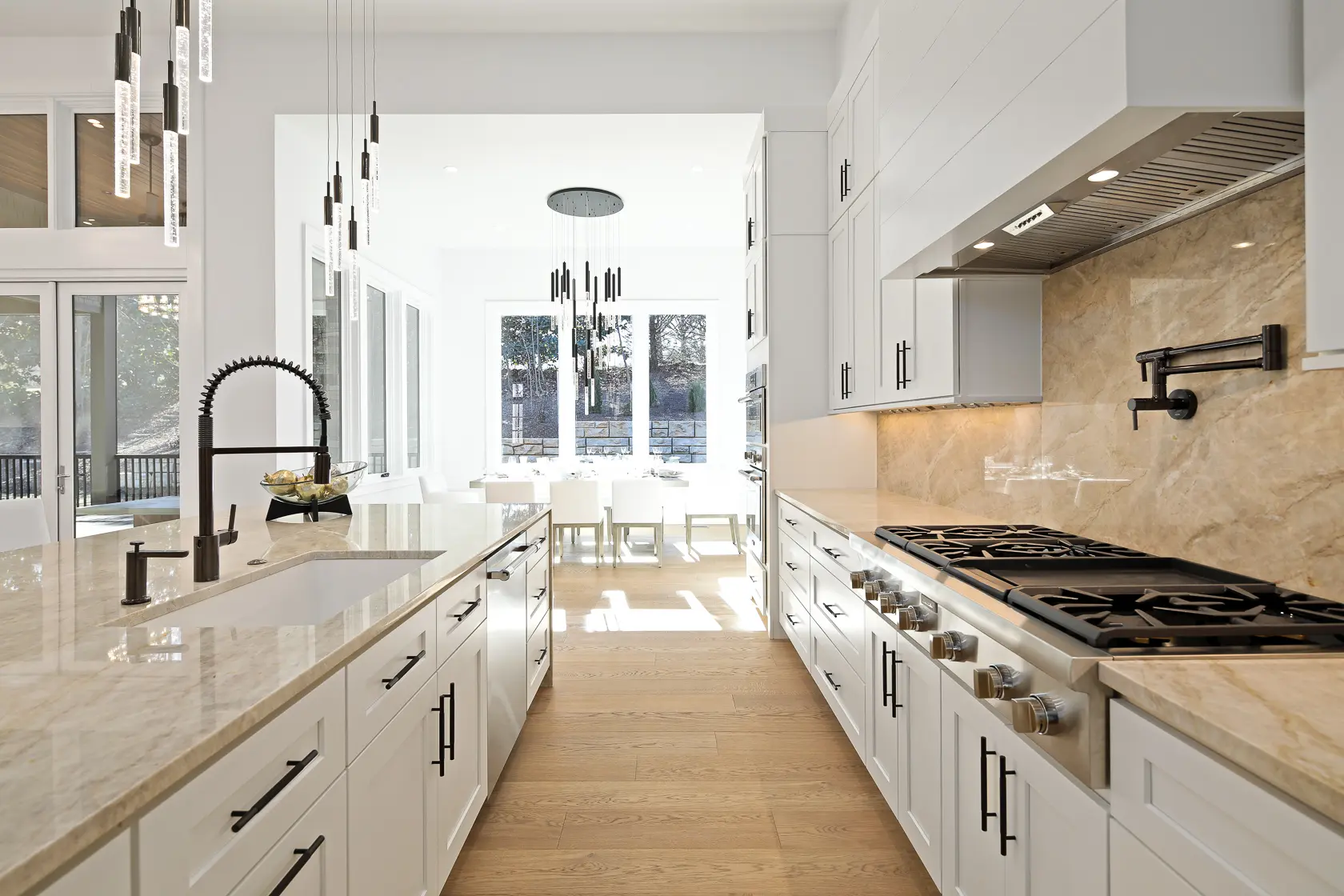Contact Us
(828) 538-2040The Impact of Expanding Metal Tariffs on the Construction Industry
What if I told you that a single policy change could ripple through entire industries and reshape the economic landscape? The recent expansion of metal tariffs in the United States is sparking significant concerns among construction professionals—and for good reason. As the heart of infrastructure development beats stronger, these tariffs threaten to disrupt the supply chain and inflate project costs.
Understanding the New Tariff Landscape
The U.S. government’s decision to impose additional tariffs on metals like steel and aluminum has sent shockwaves through various sectors. These tariffs can add thousands of dollars to the cost of construction projects, affecting everything from residential homes to massive commercial buildings. Imagine how it feels to plan your dream project only to have unforeseen costs derail your budget!
Real-World Effects on Construction Projects
Take, for example, a recent residential development in the bustling area of Big Hills. Builders initially estimated costs based on existing market prices. However, with the introduction of higher tariffs, material costs surged by approximately 20%, leading to delays and contract renegotiations. This scenario isn’t isolated—many developers are feeling the pinch and having to readjust their financial strategies.
Statistics Highlighting the Stakes
According to industry experts, nearly 70% of construction managers report increased material costs due to these tariffs. Furthermore, projects utilizing domestic metals may see timeframes extend by as much as 15% as suppliers struggle to meet new pricing demands and adjust to market volatility. These figures paint a troubling picture for future developments.
Furthermore, projects utilizing domestic metals may see timeframes extend by as much as 15% as suppliers struggle to meet new pricing demands and adjust to market volatility. These figures paint a troubling picture for future developments.
Proactive Strategies for Mitigation
So, what can construction firms do to navigate these turbulent waters? Here are a few actionable insights:
- Seek Alternative Materials: Innovative building materials, such as sustainable composites, might offer a cost-effective solution while aligning with eco-friendly initiatives.
- Long-Term Supplier Partnerships: Establishing relationships with suppliers can lead to better negotiation power, allowing for favorable pricing agreements amidst tariff fluctuations.
- Investing in Technology: Utilizing advanced project management software can streamline operations and help anticipate potential cost overruns before they impact the bottom line.
Innovations Reshaping Future Construction
While challenges abound, there are also opportunities. Companies that focus on innovative construction methods—like modular building techniques—may find themselves ahead of the curve. These methods can significantly reduce material waste and lower costs, creating a more resilient approach to building amidst fluctuating market conditions.
A Glimpse into the Future
Pushing forward, the construction industry must remain agile and adaptable. As we navigate this new tariff landscape, companies should keep an eye on market trends and policy changes that could further influence costs. Prepare not just for today’s challenges, but for a future where flexibility and innovation are key to success.
Big Hills
Author




